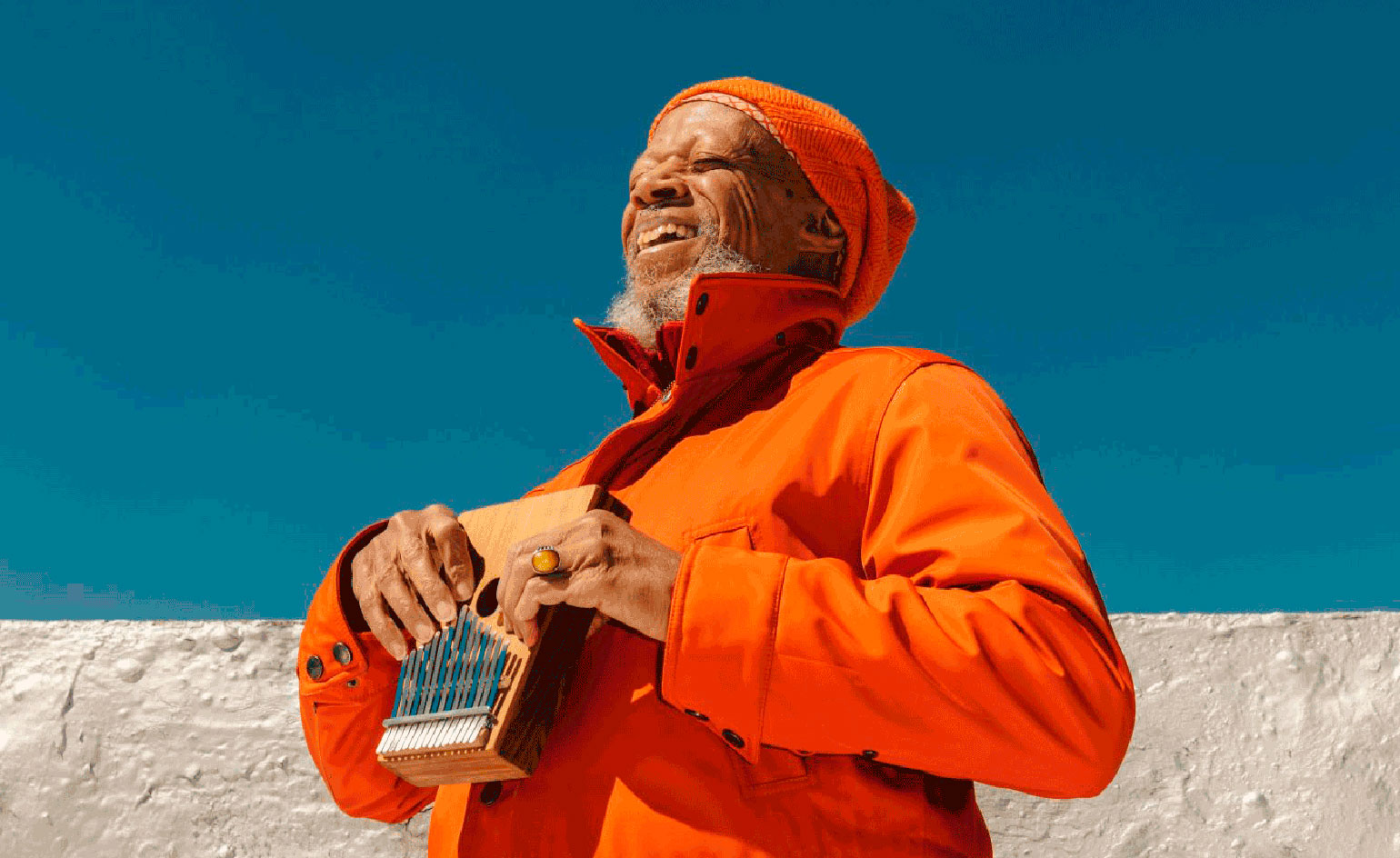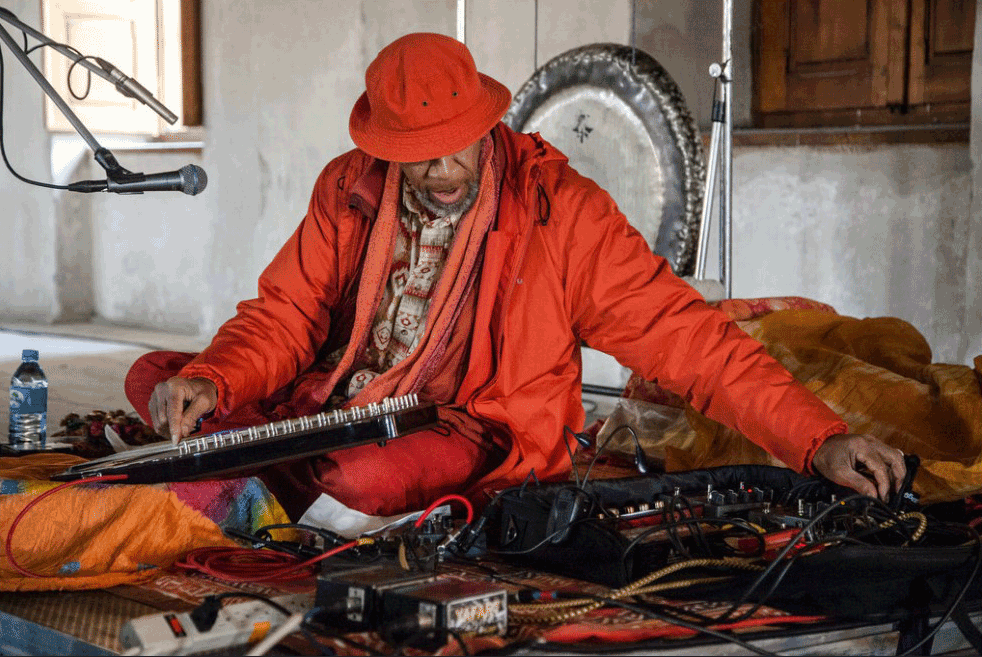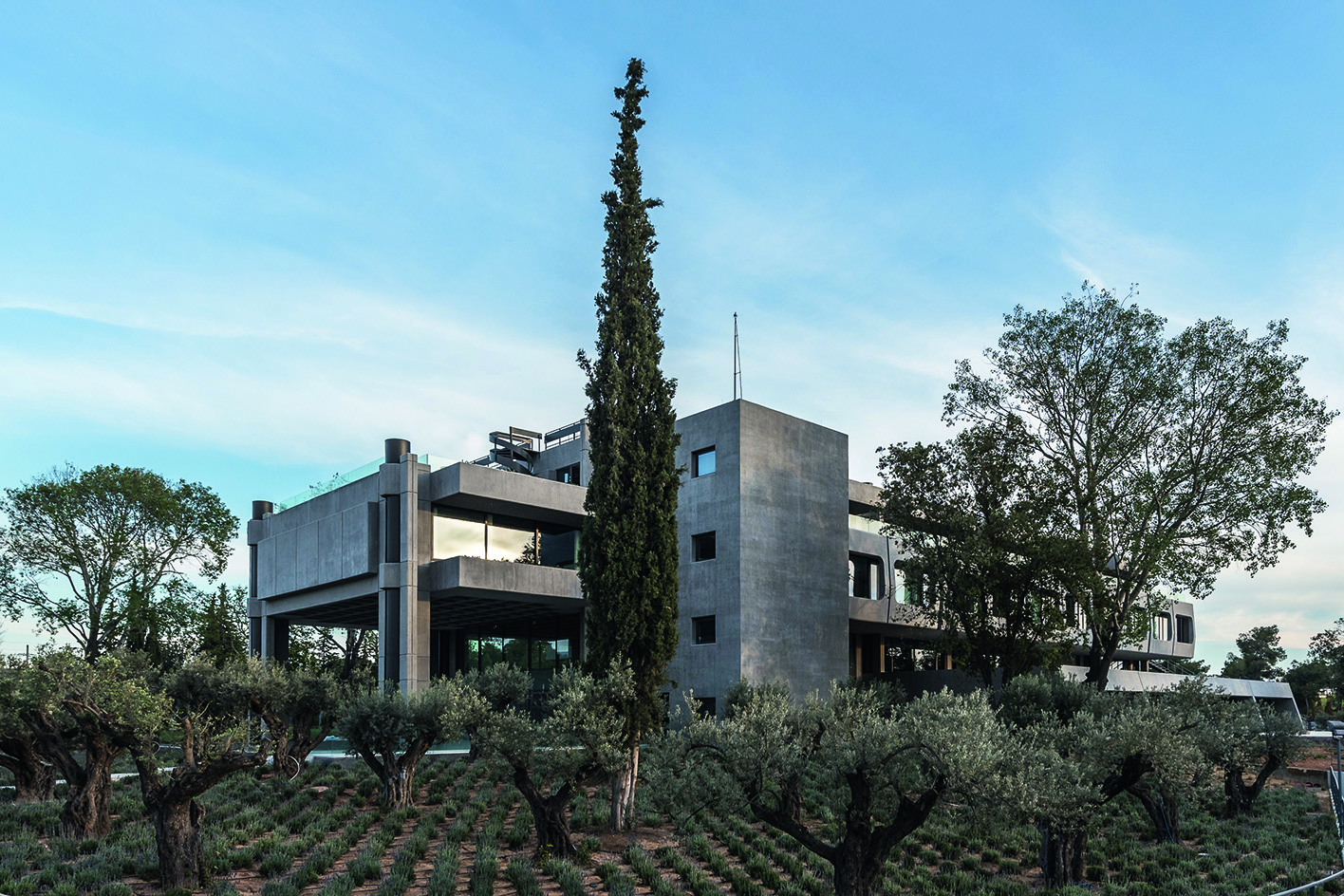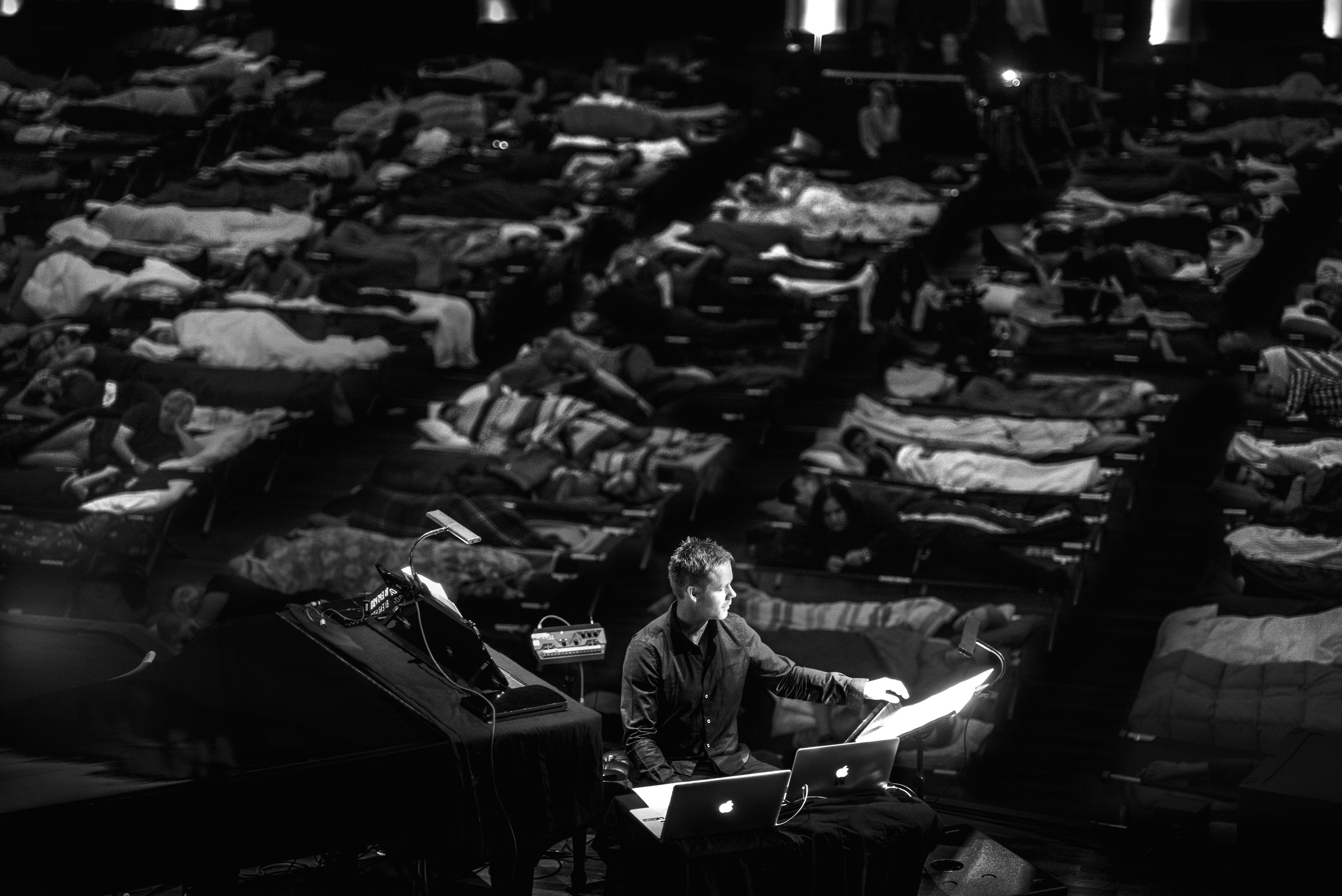A guide to laughter meditation with Laraaji
The experimental musician – who has collaborated with Grace Wales Bonner and Solange – shares exercises for achieving happiness in just 15 minutes

New Age icon Laraaji worked New York’s nightclub circuit as a stand-up comedian before devoting himself to meditation and music in the 1970s. In 1978, he was performing his signature zither-based, atmospheric sound in Washington Square Park when Brian Eno dropped him a note, eventually leading to the pairs’ collaboration on the genre-defining record Ambient 3: Day of Radiance.
Laraaji has gone on to produce over 50 albums, including the newly released Sun Piano, and he recently took part in Grace Wales Bonner’s performative exhibition ‘Devotional Sound’ alongside Wallpaper* Design Awards judge 2020, Solange.
While he may have given up comedy early in his career, he still maintains that laughter is a transformative, and ultimately healing, tool everyone should make use of. For decades he has taught laughter mediation classes that offer insight into the power of trained laughter to lift the mood and even improve physical health.
Below, he shares his technique for a 15-minute session that can be practiced first thing in the morning.
Mouth
‘The first exercise is to get a smile. We call it a therapeutic smile, which is just creating pressure on the sides of the mouth and the sides of the eyes. Making this kind of smile, even if it's forced, actually triggers the release of dopamine in the brain the same as it would if we naturally smiling or laughing.
After that initial smile, we can move on to the first type of laughter. It's a laughter that's a kind of hum you create with your mouth and which vibrates through the head. Once you get that vibration, let that hum shift to laughter. This is designed to trigger the pituitary and pineal gland in the head, which further supports the movement of endorphins and hormones in our body.'
Throat
‘Then you bring your focus of attention from your head into the throat. I ask participants to just put their hand where they believe their thyroid is and to initiate some sound so that they can feel the vibration of their voice in their throat. Then, we let that sound become a throat specific laughter. It can be soft and almost inaudible but just remember to keep your body loose and relaxed as you're trying it.
We like to think of laughter as a luminous language, a language of lightness, of brevity, of vulnerability. Many of us have been subjecting our bodies to Yang, or hard energies, over the past year. When something goes on in the world that we don't like we might find ourselves using our voices in particular very harshly, very abruptly, and our bodies are getting that harshness too. So these laughter exercises are balancing and softening the impact of the hardness in our voices and bodies [we naturally subject ourselves to when we're stressed].'

Laraaji performing at Grace Wales Bonner's 'Devotional Sounds.'
Breastbone
‘So we've done the head, the throat, and then we come down to the chest. There are two areas of the chest that are concerned with laughter. One is just beneath the breast bone where there’s a gland called the thymus. It's been said that the thymus is the seat of the immune system because it facilitates the maturation of T cells which are essential for fighting off infected cells.
So, rest your hand on your chest and try thumping your thymus. Then we're going to deliberately send our laughing voice through our throat into our chest to that same area. Let your laughter here become a specific type of laughter, deliberately using a convulsive kind or aggressive kind of laughter. Ideally, it’s a thumping kind of laughter that stimulates also the movement of T cells.'
Heart
‘Next, in that same area, we have the heart. We all know how we like our hearts being treated- usually softly and gently, lovingly. So we use our voice to send a soft, peaceful tone through our throat into our chest. And we put our hand over a heart area so we can monitor our voice actually physically vibrating that area. Then, we let that tone become a heart-specific laughter, a gentle, compassionate laughter.'
Abdomen
‘Then we come down to the abdomen. The abdominal cavity contains many organs and they can receive a nice massage during a good belly laugh. So we use the advantage of this laughter workshop to give the abdominal organs a wonderful massage. Send the sound of your laughter into our abdomen, just using our creative imagination to laugh deeply and get all the organs to massage each other.'
Lungs
‘The final laughter exercise is getting the lungs to expel stagnant or stale air. It's similar to exercises often taught in yoga and therapy. Basically, you inhale fully and exhale completely so that your laughter is actually a ventilation of your system.'
For those wary of breaking into sudden, unprompted laughter, Laraaji emphasises that the exercises are all about having fun and experimenting. ‘You can do all of these exercises together during a 15-minute session in the morning in whatever sequence that you can. And if you forget any of the exercises, you can just keep smiling and just laughing in general. I guarantee that after 15 minutes of just trying these exercises you’ll find that you've removed a layer of resistance to your more natural, spontaneous laughter which can bubble up in some area of the day where you discover things are funny enough to laugh.’
‘So you’ve made yourself laughter ready. You're also are in a place to support laughter from other people that you might encounter in your day. You've opened up your speaking voice, your singing voice, your body is vibrating your blood is flowing because you open up the veins through the impact of your laughter.’
Receive our daily digest of inspiration, escapism and design stories from around the world direct to your inbox.
Mary Cleary is a writer based in London and New York. Previously beauty & grooming editor at Wallpaper*, she is now a contributing editor, alongside writing for various publications on all aspects of culture.
-
 Five destinations to have on your radar this year
Five destinations to have on your radar this yearThe cultural heavyweights worth building an itinerary around as culture and creativity come together in powerful new ways
-
 Dublin-based designer Cara Campos turns abandoned bicycles into sleekly minimal furniture pieces
Dublin-based designer Cara Campos turns abandoned bicycles into sleekly minimal furniture piecesWallpaper* Future Icons: Saudi-raised Irish/French designer Cara Campos' creative approach is rooted in reuse, construction and the lives of objects
-
 A Greek brutalist gem wows with its reimagining in Athens
A Greek brutalist gem wows with its reimagining in AthensAthens architect Georges Batzios squares up to the renovation of a landmark Greek brutalist office block in the capital's suburbs; we revisit a story from the Wallpaper* archive
